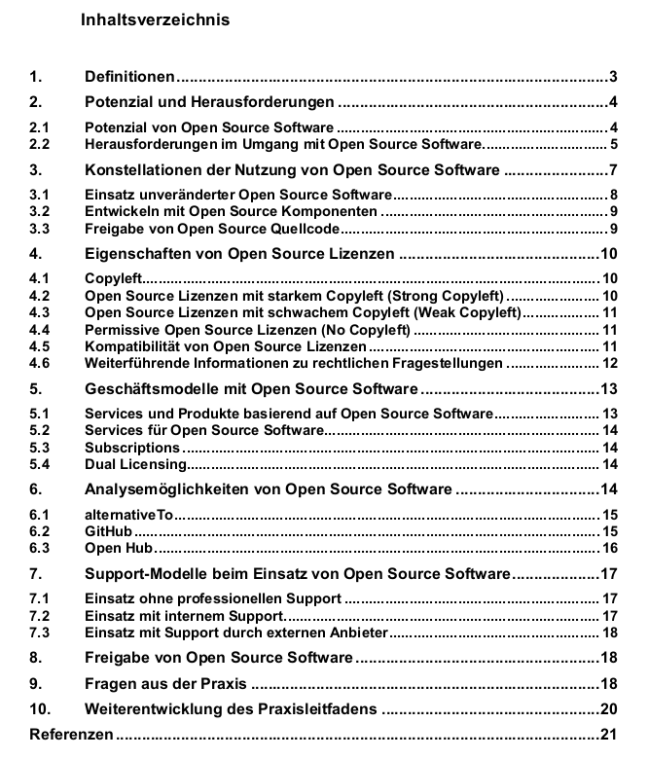Swiss federal government organisations and agencies will soon be free to share the source code of their software solutions as open source. In addition, software developers working for the federal government should be able to be part of open source communities. The government wants to anchor this in federal law, according to new Guidelines on Open Source in the Federal Government, made public last Friday.
The new rules will be part of an updated version of the 'Bundesgesetz über die Digitale Verwaltung' (Federal law on digital administration). This law will be circulated for comments soon, the government writes in the ‘Praxis-Leitfaden: 'Open Source Software in der Bundesverwaltung' (practical guidelines for open source in the federal government).

These rules will, among other things, remove legal barriers to sharing software as open source and to participation in open source communities. “This will formally confirm today’s practice,” said the Swiss open source trade association CH Open in a statement welcoming the practical guidelines.
Publication of the guidelines follows the publication, one year ago, of the renewed Swiss federal government Open Source sub-strategy.
No marketing
The guidelines provide recommendations and background knowledge on the use and dissemination of open source software. The 21-page document balances the pros and cons of going open. The first chapter provides a list of advantages including no licence fees, pooling of resources, increased know-how and improved interoperability. These advantages may be offset by, for example, costs already incurred through IT vendor lock-in, initial investment to gain open source expertise, and the need to handle changes in responsibilities and support needs. “Open source communities focus on the product and spend little time on marketing,” the guidelines warn. “This can create the false impression that there is no open source solution available.” The text refers to portals such as AlternativeTo, which list and compare similar solutions.
The text also details the ins and outs of open source licensing, describes open source business models, and gives examples of tools and solutions used to assess the quality of open source software.
More information:
Guidelines for open source in the federal government (PDF, in German)
IKT-Teilstrategie OpenSource (in German)
CH Open press statement (in German)

